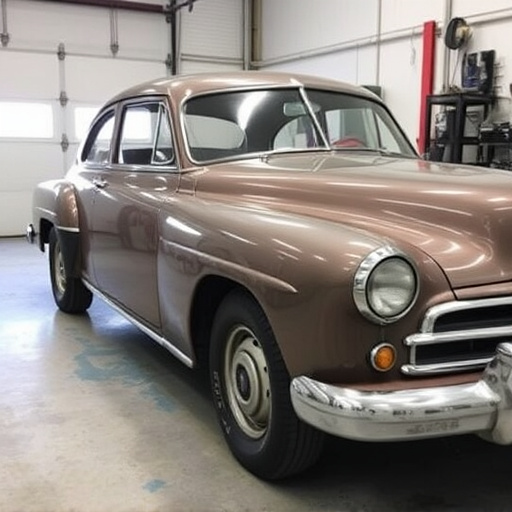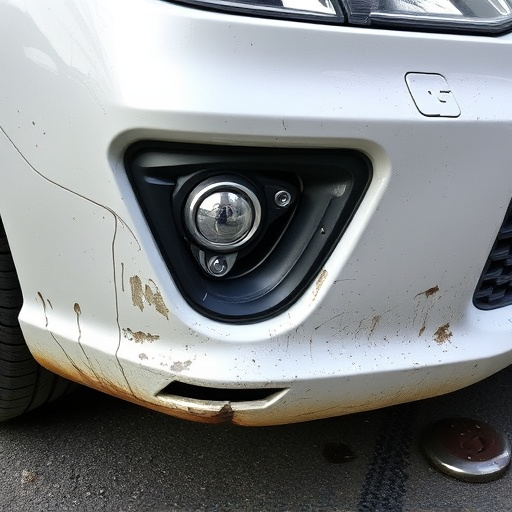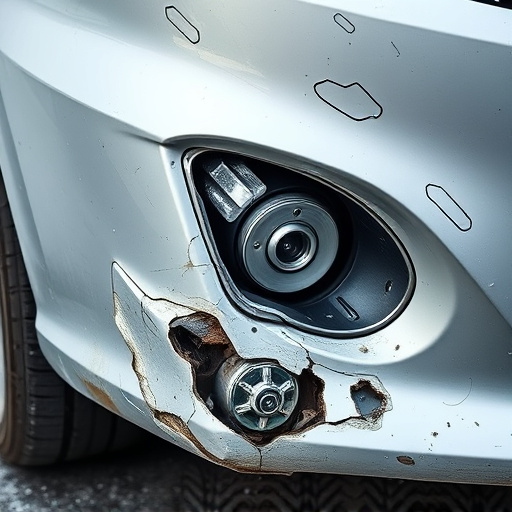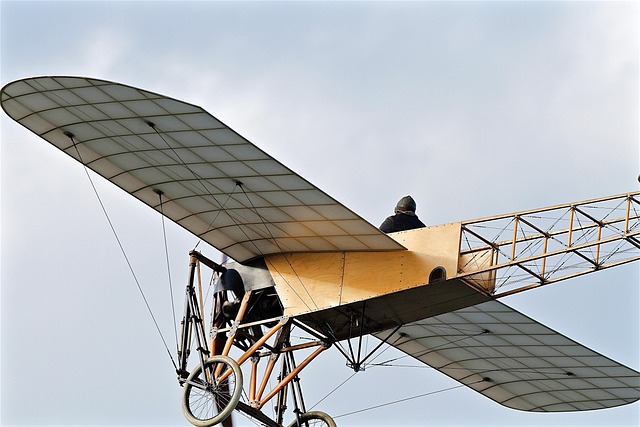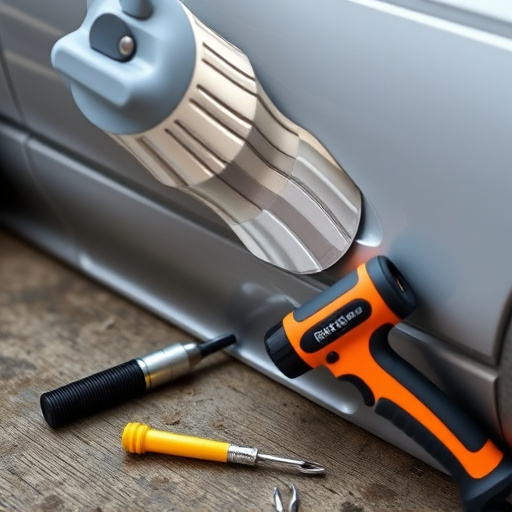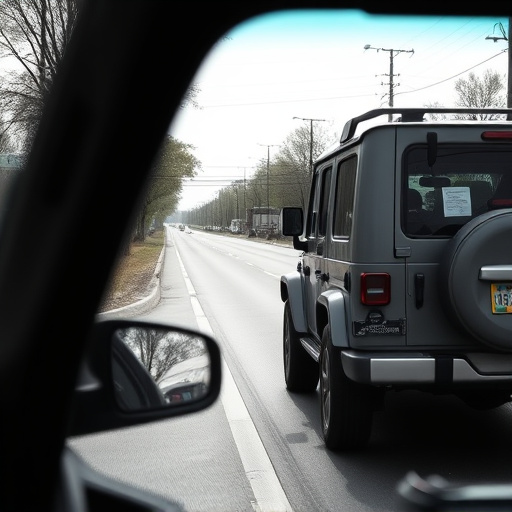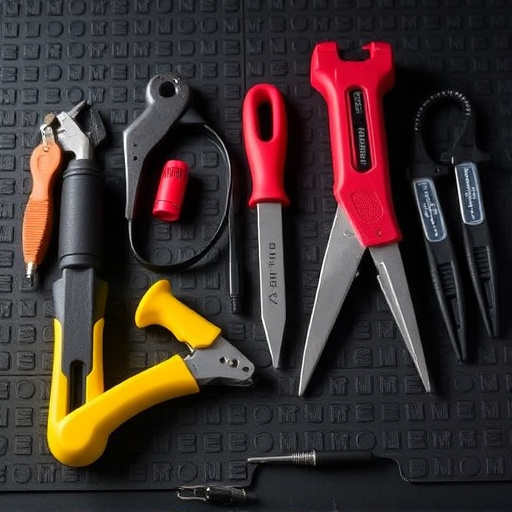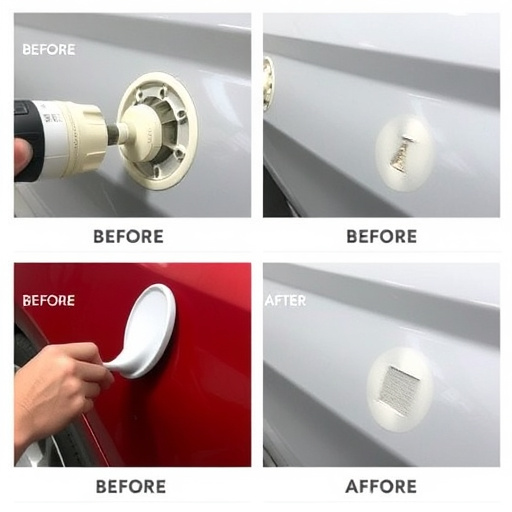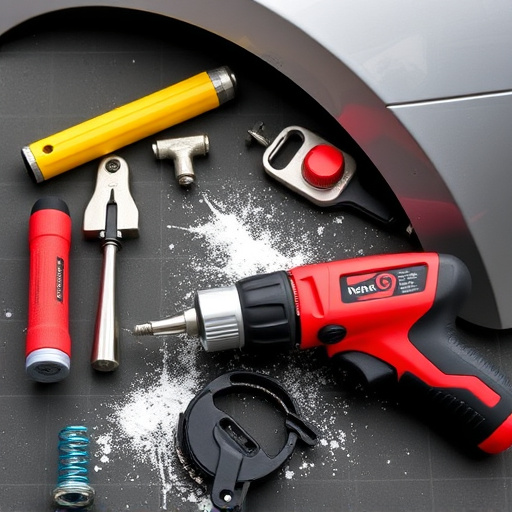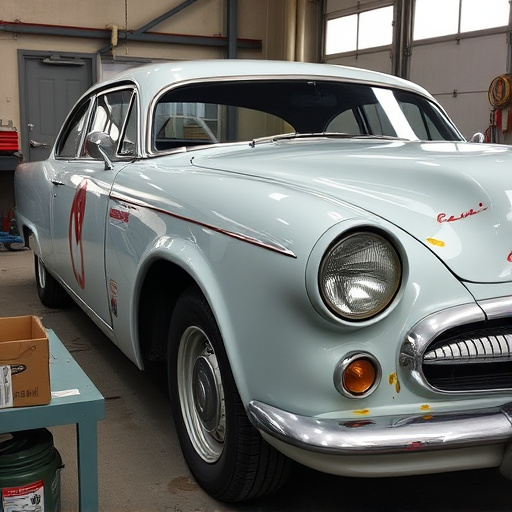Tesla PPF (paint protection film) repair requires specific tools and materials for mirror caps and rockers. Essential items include precision knives, cleaning agents, heat gun, compatible PPF sheets, microfiber cloths, and clear coat sealer. DIY restoration is manageable with a repair kit, isopropyl alcohol, and careful trimming to achieve professional results matching original finishes.
Tesla owners know their vehicles are more than just cars—they’re an investment. Protecting against damage is crucial, especially with Tesla’s innovative Paint Protection Film (PPF). This article delves into the intricacies of Tesla PPF repair, focusing on mirror caps and rocker panels. We’ll guide you through understanding PPF damage assessment, gathering the right tools and materials, and a step-by-step restoration process to ensure your Tesla remains as pristine as the day it left the factory.
- Understanding Tesla PPF: Damage Assessment and Repair Process
- Tools and Materials Required for Effective PPF Restoration
- Step-by-Step Guide to Restoring Mirror Caps and Rockers
Understanding Tesla PPF: Damage Assessment and Repair Process
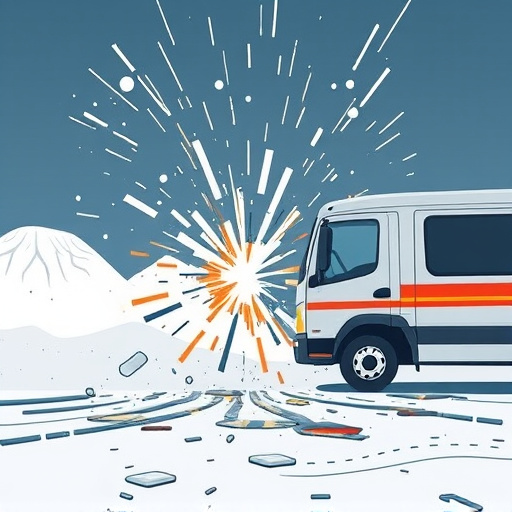
Tesla’s Paint Protection Film (PPF) is a valuable asset to your vehicle’s bodywork, offering protection against chips, scratches, and environmental damage. It’s a thin, clear polymer film applied over the paintwork, acting as a barrier between your car and potential contaminants. However, even with its protective properties, PPF can sustain damage, especially in areas prone to impact, like mirror caps and rockers.
When assessing Tesla PPF repair for these components, start by evaluating the extent of the damage. Minor scratches or chips can often be repaired at home using specific PPF repair kits, ensuring a clean, seamless restoration. For more severe damage, such as extensive cracks or large tears, it’s advisable to consult a professional collision center specializing in vehicle restoration. They have the expertise and tools to accurately assess and fix complex PPF issues, restoring your car’s bodywork to its original condition.
Tools and Materials Required for Effective PPF Restoration

When undertaking Tesla PPF (paint protection film) repair for mirror caps and rockers, having the right tools and materials is paramount to achieving a professional and long-lasting result. Essential items include specialized cutting tools such as precision knives and scissors designed for thin films, along with gentle cleaning agents suitable for automotive surfaces. For effective removal of damaged or delaminated PPF, a heat gun set at low temperature and pressure is crucial, as it softens the adhesive without causing further harm to the underlying paint.
Additionally, a supply of high-quality PPF replacement sheets, compatible with Tesla models, is indispensable. These should be cut precisely to fit the mirror caps and rockers. Lastly, consider having on hand various finishing tools like microfiber cloths for polishing and a clear coat sealer to ensure the restored areas not only match the original finish but also gain added protection from future damage. These materials collectively form the backbone of successful Tesla PPF repair, whether for minor scuffs or more extensive collision repair.
Step-by-Step Guide to Restoring Mirror Caps and Rockers
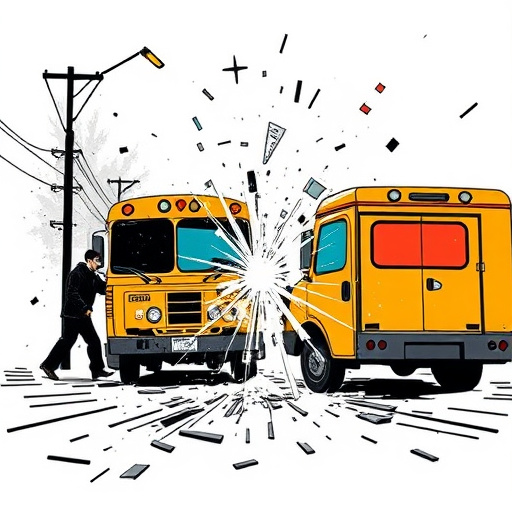
Restoring Tesla Mirror Caps and Rockers with Paint Protection Film (PPF) can be a straightforward process when followed correctly. First, gather your tools and materials: a PPF repair kit, which includes adhesive, a scraper, and replacement film; isopropyl alcohol and microfiber cloths for cleaning; and a sharp blade or utility knife for trimming the PPF. Begin by inspecting the damaged areas on both mirror caps and rockers, removing any loose debris with a soft brush. Clean the surfaces thoroughly using isopropyl alcohol and a microfiber cloth to ensure optimal adhesion.
Next, apply a thin layer of adhesive to the damaged area and press the PPF film firmly into place, following the manufacturer’s instructions for curing time. Use the scraper to remove any excess adhesive and smooth out bubbles or wrinkles. For precise cuts around curves and tight spaces, use a sharp blade to trim the PPF as needed. Once the adhesive is fully cured, test the restore by rubbing the surface gently with a microfiber cloth to ensure durability and a seamless finish, akin to what you’d expect from a classic car restoration or even an automotive repair job of higher quality.
Tesla PPF (paint protection film) repair is a specialized process that, when done correctly, can restore your vehicle’s mirror caps and rocker panels to their original condition. By understanding the unique properties of PPF and following a structured repair method, you can achieve professional results. With the right tools and materials, as outlined in this guide, you’re well-equipped to tackle these repairs yourself, ensuring a sleek and protected exterior for your Tesla.

